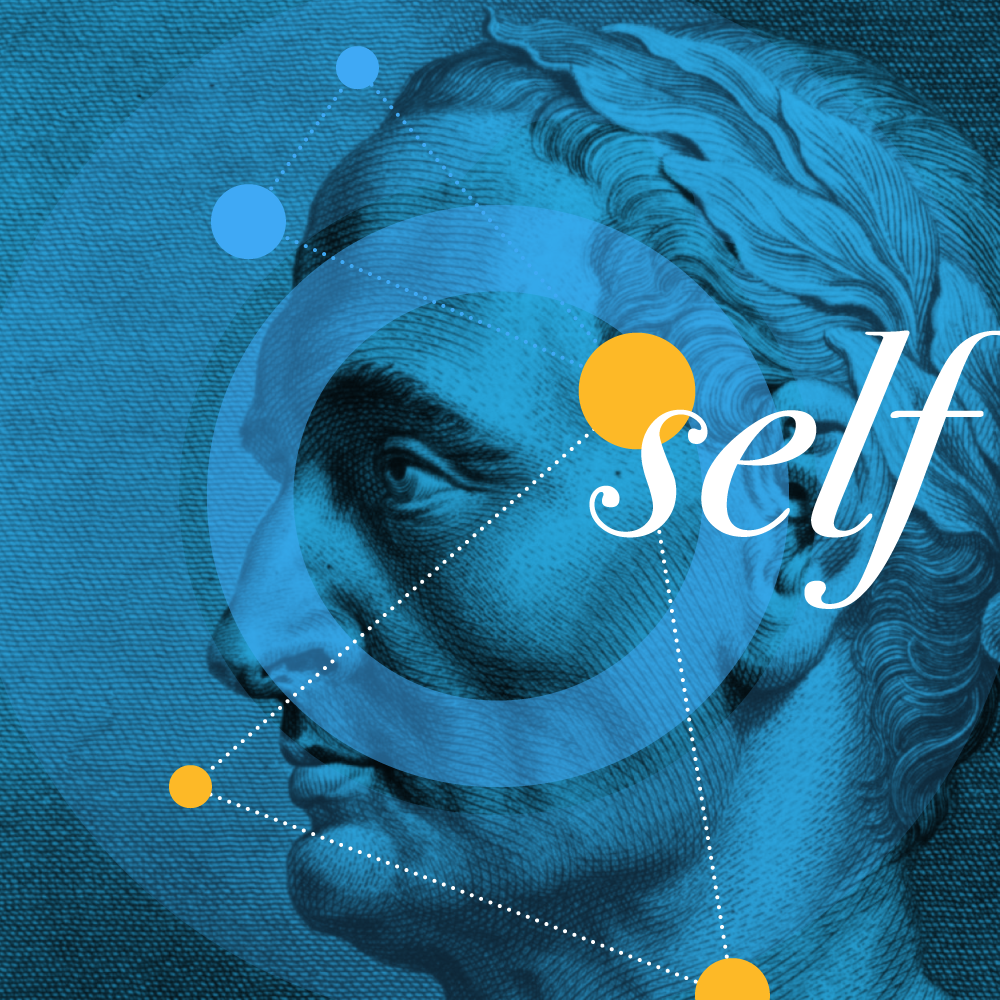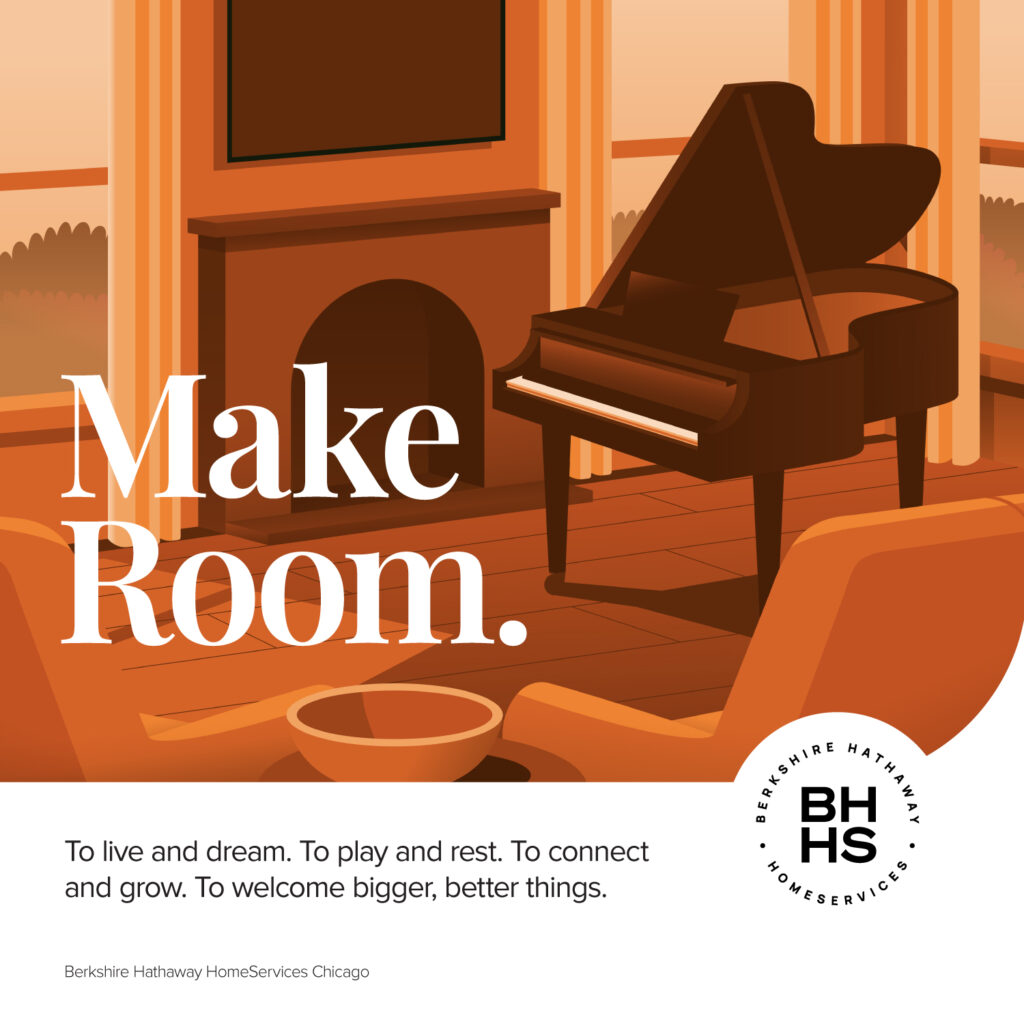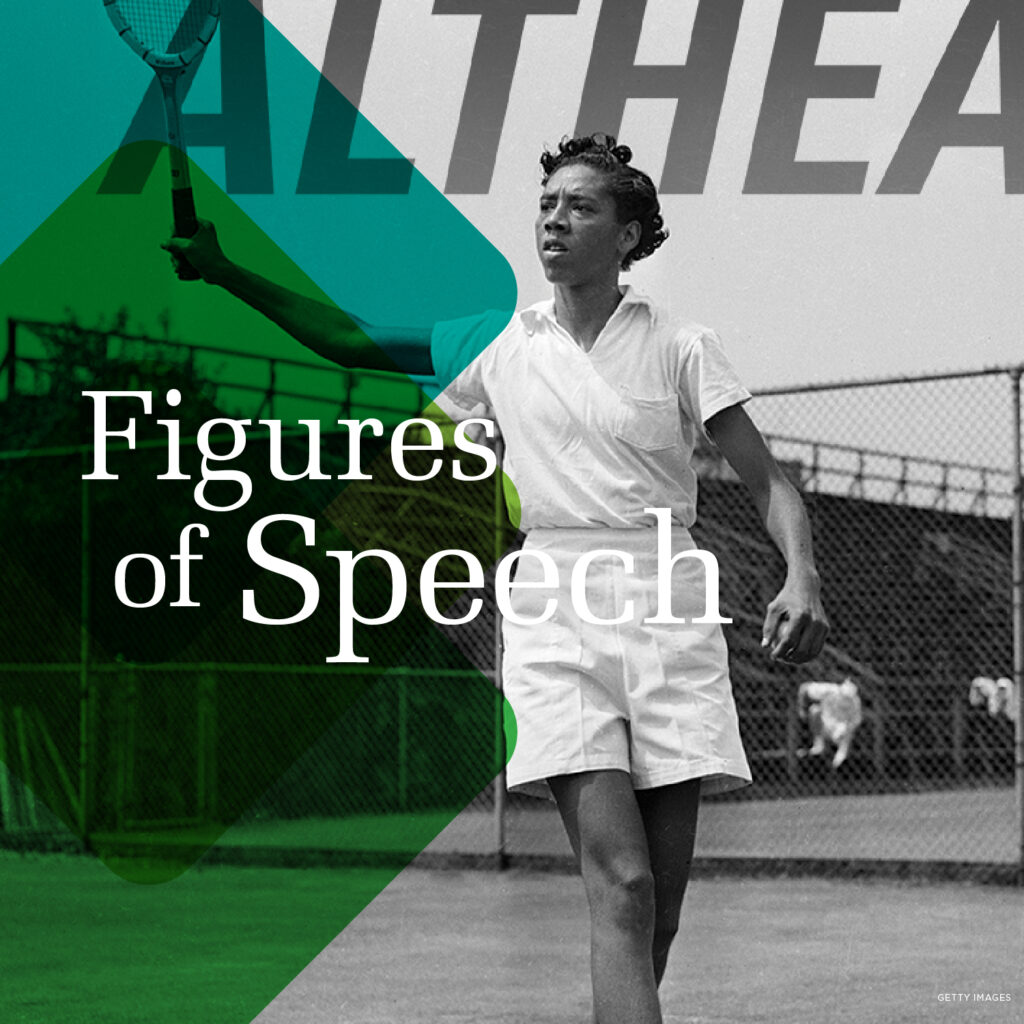Anne Carson and the Corners of Branding

As cultural and creative explorers, we are always following our interests in the pursuit of new inspiration. Recently, we discovered there are lessons to be learned in genre-bending lectures, from celebrated poet and classicist Anne Carson, who gave three such lectures at the University of Chicago. The second in the series, Corners, explores how we map an understanding of ourselves through the lens of corners.
Corners, according to Carson, allow us to have bouncing off points from which to examine ourselves. The locus corner, always the self, is contextualized and amplified by the presence of two other corners, which are adjustable points of comparison.
Carson explains the significance of definition by corners: “Corners are what make a grid different than a line, a plaid shirt different than a striped one… light as a wave different than light as a particle. Corners make personalities out of persons, maps out of surveillance…” The interplay of the self and these other two players gives us insight into ourselves that wouldn’t otherwise be possible, or as rich, without outside involvement. The relationship of corners allows the self to exist outside of a vacuum, to be reflected upon, to be made more real, textured and dynamic.
Carson’s poetry is informed by classical Greek literature, and this lecture, Corners, was born from an exploration of the three corners, or actors, in Classic playwriting. “Three corners make a Sophoclean play work,” she states. This three-actor rule, introduced by Sophocles in 5th century BC, redefined the dramatic tradition “that had contented itself with two until then.”
In action, Carson describes the effect of the three-actor rule: “Two characters bring pressure to bear on a third who is trapped between them and cracks open.” The intensity of this dynamic, Carson muses, shows that “three actors are really all you need to make a tragedy work.”
Armed with Carson’s enlightened view, we discuss how creating a brand is comparable to a Greek tragedy. . . does the notion of corners illuminate the way we might approach our work? Does the belief system of an organization — the place where branding begins for us — become the locus corner? And if it does, what do we place at the other corners to understand a unique dynamic?
A brand is not authentic (or even interesting, frankly) if it only expresses the head and heart of the client, or panders to the needs of their stakeholders. It must compel and stir — and yet be concrete and be visible in the physical world. Within this framework, how does the inherent tension between the locus and the two opposing corners help us understand the rich, complex ingredients that define a brand, and help us give voice to the unspoken relationships between our client’s core convictions, their aspirations and their distinctive place in the world around them?
At Otherwise, we’re never satisfied with traditional ways of seeing. It’s outside influences like the theory of a genre-bending poet that help us to examine our work through rousing new lenses. Exploring the idea of corners in branding only allows us to further deepen our connection to a process that is anything but two-dimensional.








